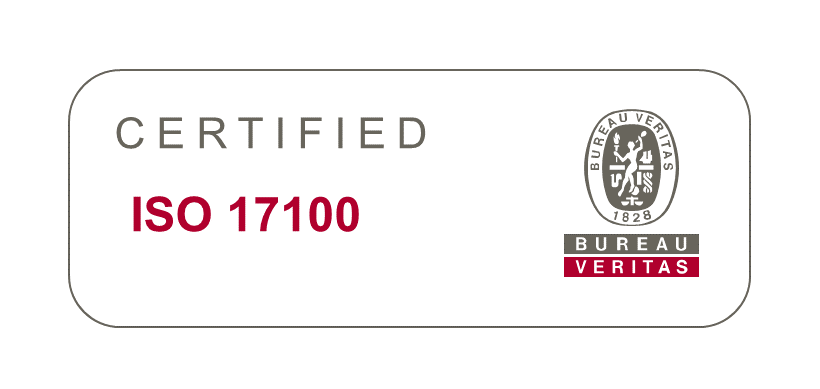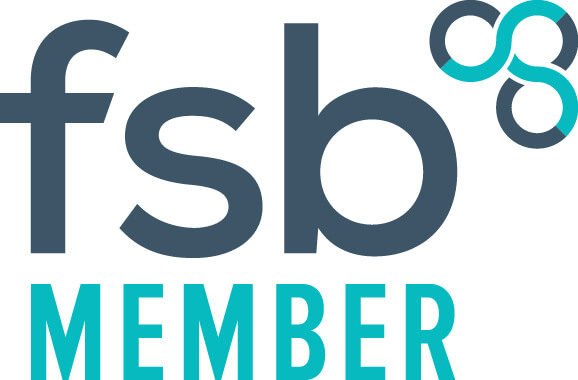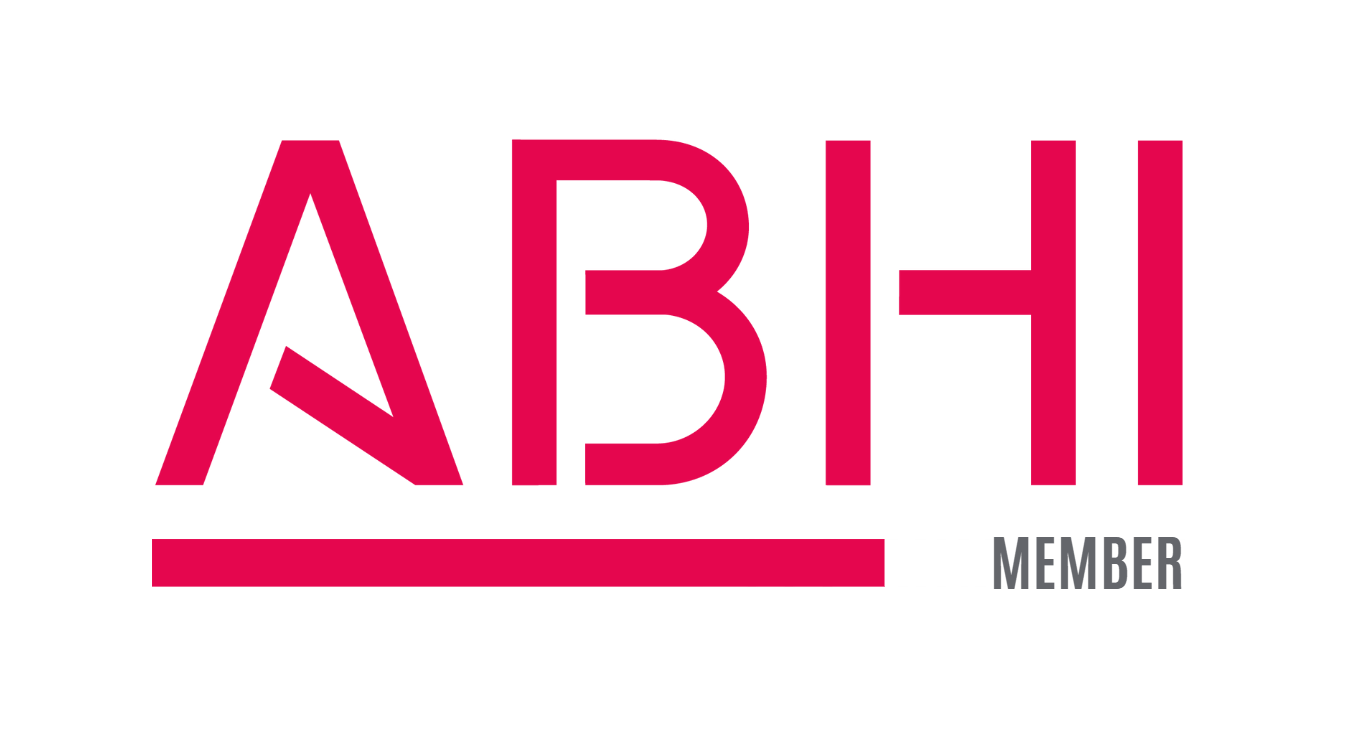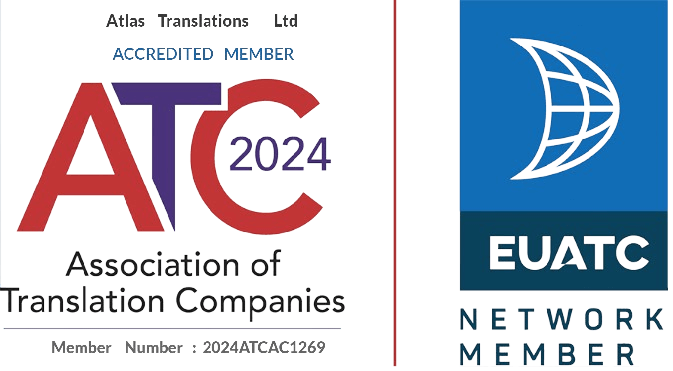What Does the Remote Simultaneous Interpreting Landscape Look Like?
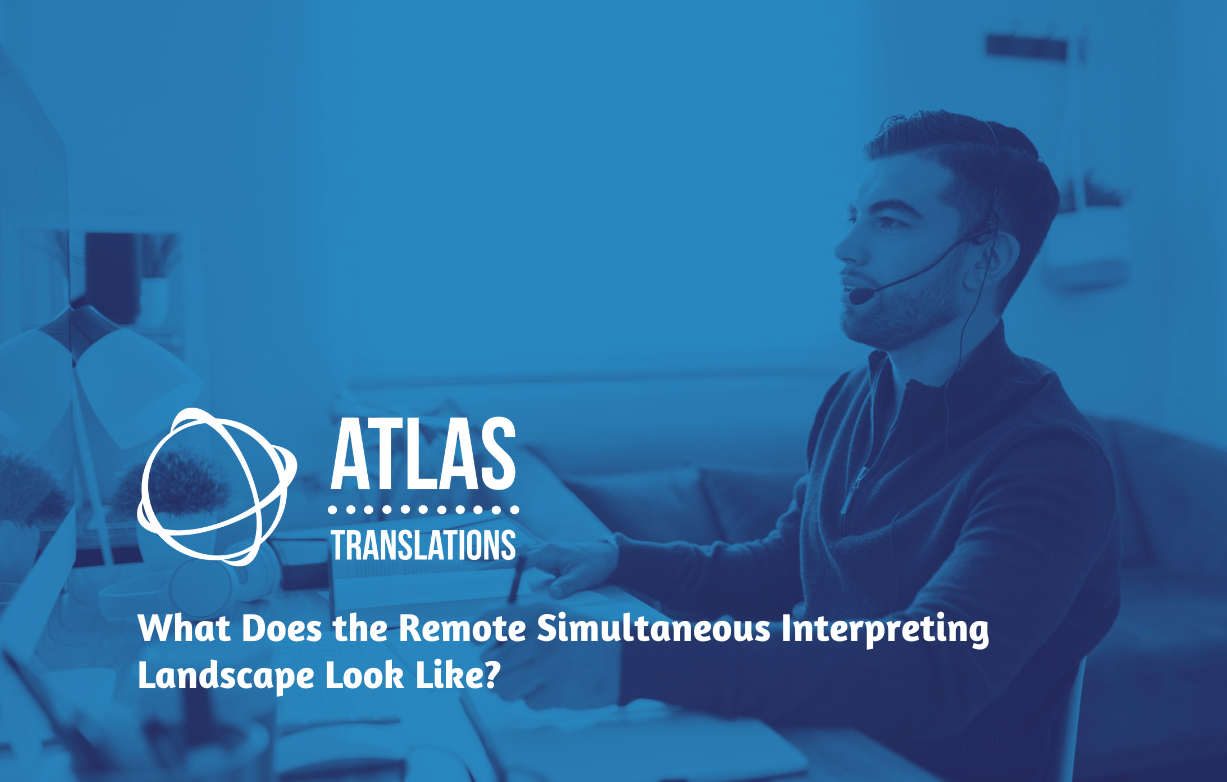
Here at Atlas, we’re always on the lookout for the latest innovative developments in the language industry. Remote Simultaneous Interpreting (RSI) is fast becoming an essential part of the translation toolbox, with many organisations embracing online platforms as a standard practice.
Exciting Developments for Remote Simultaneous Interpreting
We recently attended a webinar hosted by Rosemary Hynes of Nimdzi Insights, where we got the lowdown on all things RSI. From integrative platforms to hybrid engagement, there are plenty of exciting innovations taking place right now.
Remote Simultaneous Interpreting enables interpreters to provide their services in real-time through online platforms. RSI has risen to new levels of prominence as a result of the Covid-19 pandemic, but how significant could it be in the long run?
Traditional Platforms Adopting New Technologies
Some video conferencing platforms, such as Zoom and MS Teams, have a Remote Simultaneous Interpreting feature integrated within the app – but these are often designed as an add-on and don’t always deliver smooth performances. However, low costs and great event management features help to make these platforms a useful solution for smaller events.
Other established platforms, including Skype, are yet to introduce any RSI features, which can create headaches for interpreters working through them. These platforms require a separate set-up for remote interpretation, which can limit their effectiveness in larger meetings.
Standalone Platforms Meeting a Growing Market
Alongside traditional video conferencing platforms, there are a growing number of standalone RSI platforms offering greater flexibility for businesses and interpreters. These platforms, such as Kudo, Interprefy and Interactio, are designed to resemble in-person interpreting booths, with the aim of seamless translation. They offer fantastic RSI features, but can involve complicated set-ups.
Some RSI platforms have also developed virtual booths, which can run in parallel to meetings taking place on video conferencing systems. Platforms such as Greenterp can provide a really useful alternative to other RSI designs, as interpreters can be present in two meetings at once. However, virtual booths do require a level of tech-savviness to ensure everything runs smoothly.
What does the future hold for Remote Simultaneous Interpreting?
As RSI becomes increasingly common in the corporate world, technological developments will enable interpreters to enhance their professional output. Hybrid events have helped to bridge the gap between the pandemic and the return to the workplace, with RSI playing a key role.
We’re also likely to see a shift towards computer-oriented technologies to assist with RSI integration. From captioning to artificial intelligence, the RSI field is constantly moving forwards. Keeping on top of the latest developments is a great way for interpreters to ensure they have the skillset to match.
If you’d like to discover more about RSI and the other interpreting services we offer, why not get in touch with us today? You can call us at 01727 812725, drop an email to team@atlas-translations.co.uk, or contact us through our website to find out more.

